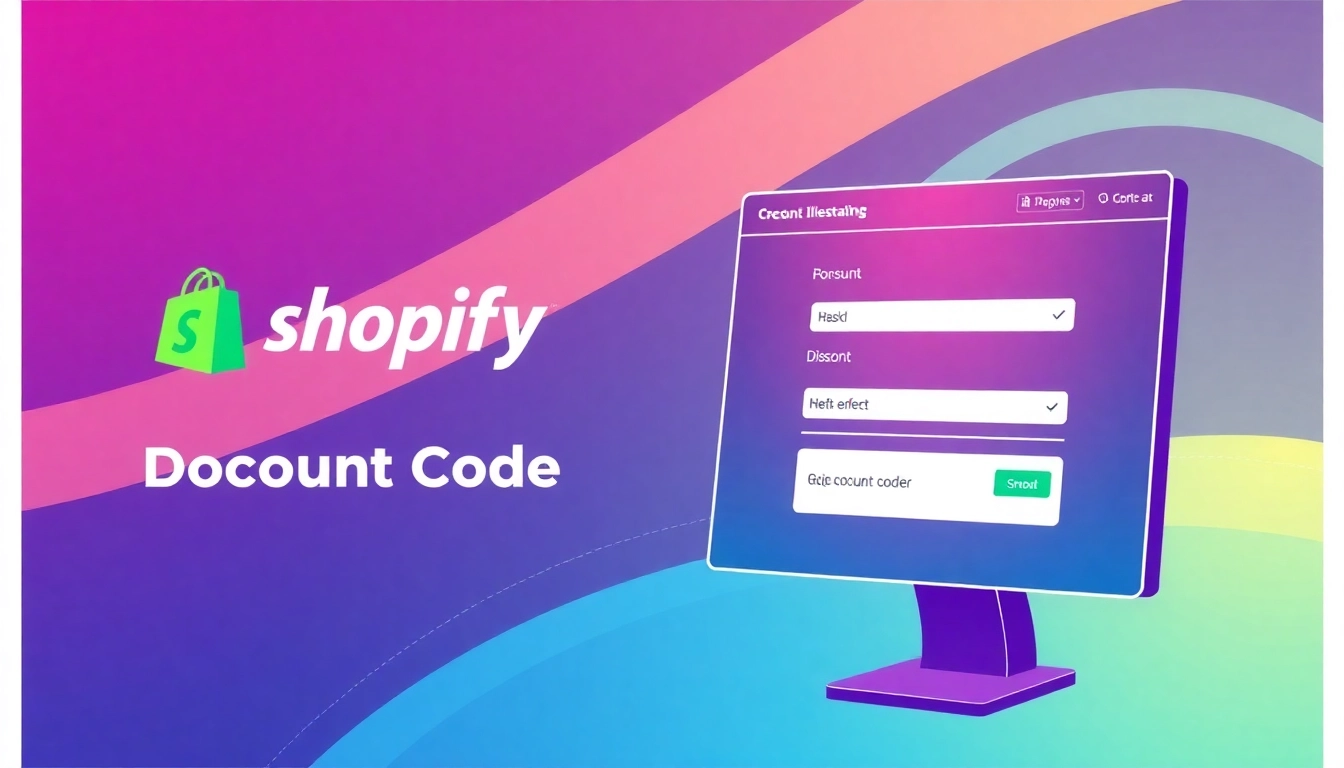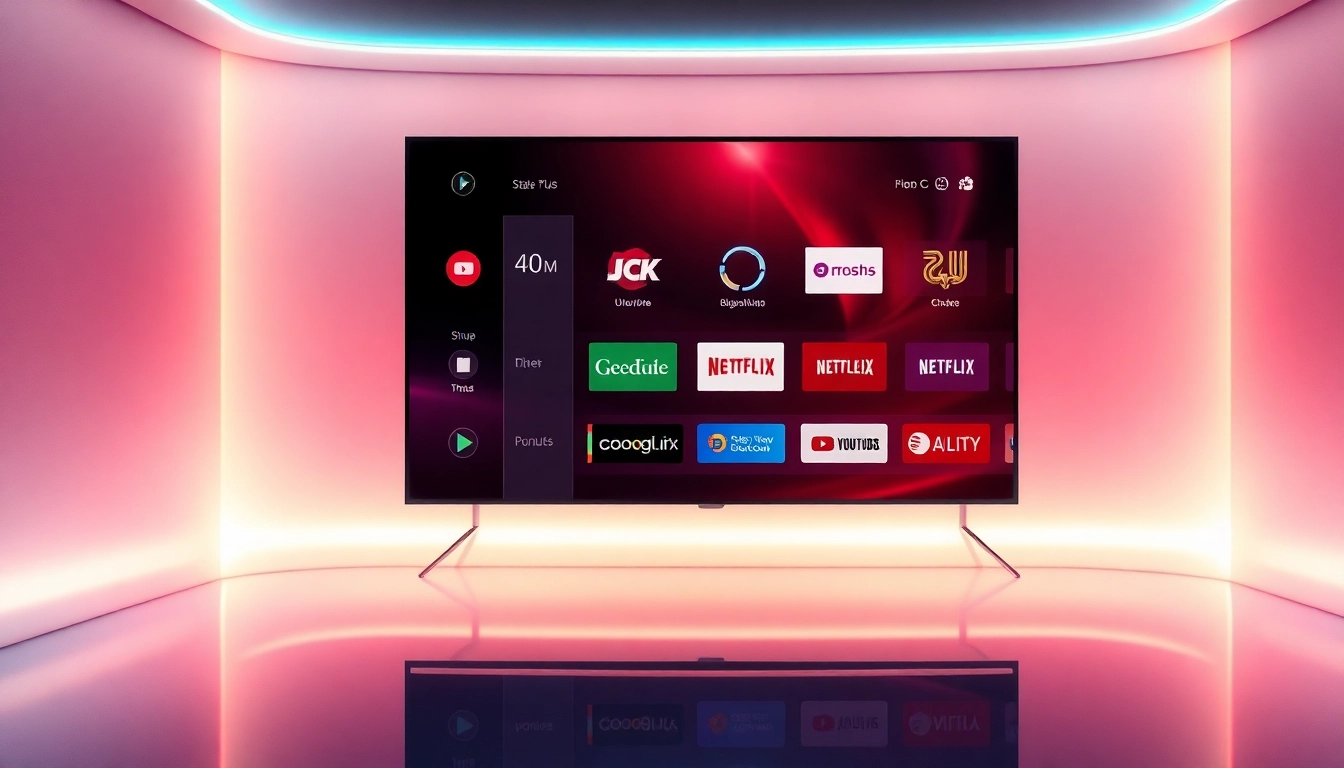Understanding Amazon FBA Wholesale
Amazon has transformed the landscape of e-commerce, providing a platform for businesses to reach millions of customers worldwide. One of the most popular methods on Amazon is the amazon fba wholesale model. This approach offers retailers a streamlined path to selling on Amazon while leveraging the power of Fulfillment by Amazon (FBA) for their logistics and customer service needs.
What is Amazon FBA Wholesale?
Amazon FBA Wholesale involves purchasing products in bulk from manufacturers or distributors and reselling them on Amazon. The process is relatively simple: retailers buy products at wholesale prices, list them on Amazon, and rely on the FBA program to handle storage, packing, and shipping. This method allows sellers to focus on scaling their businesses rather than worrying about logistics.
Advantages of Using Amazon FBA Wholesale
Using the Amazon FBA wholesale model offers several advantages:
- Scalability: Retailers can scale their businesses quickly since FBA handles inventory and shipping efficiently.
- Prime Eligibility: Products fulfilled by Amazon are eligible for Prime shipping, enhancing visibility and appeal to customers.
- Customer Service: Amazon manages customer support and returns, allowing sellers to focus on product sourcing and marketing.
- Broad Market Reach: Access to millions of customers worldwide through Amazon’s established marketplace.
Key Terms and Concepts in Amazon FBA Wholesale
Understanding the terminology associated with Amazon FBA wholesale is crucial for success:
- ASIN: Amazon Standard Identification Number, a unique identifier for products on Amazon.
- Buy Box: The box on a product detail page where customers can begin the purchasing process.
- Wholesale Price: The price at which products are purchased from suppliers, typically lower than the retail price.
- Fulfillment Fee: Charges associated with the FBA service, including storage, packing, and shipping costs.
Finding Reliable Suppliers
Where to Search for Amazon FBA Wholesale Suppliers
Finding reliable suppliers is a cornerstone of success in the Amazon FBA wholesale model. There are several avenues to explore:
- Online Directories: Websites like ThomasNet and Alibaba provide lists of manufacturers and wholesalers.
- Trade Shows: Attending industry-specific trade shows can help retailers connect directly with suppliers and see products firsthand.
- Wholesale Marketplaces: Sites like Wholesale Central and SaleHoo help retailers find vetted suppliers with a track record of success.
Evaluating the Credibility of Suppliers
Not all suppliers are created equal; evaluating their credibility is essential to avoid potential issues:
- Reviews and References: Look for reviews from other retailers and seek references to validate the supplier’s reliability.
- Certification and Compliance: Ensure suppliers hold necessary certifications and comply with industry regulations.
- Trial Orders: Consider placing a small trial order to assess product quality and supplier reliability before committing to larger purchases.
Building Strong Relationships with Wholesalers
Building rapport with suppliers can yield significant benefits:
- Consistent Communication: Regular check-ins and updates foster a better working relationship.
- Negotiating Terms: Strong relationships often lead to better pricing, payment terms, and bulk order discounts.
- Trust and Reliability: Trust can lead to priority support, exclusive access to deals, and stronger partnerships.
Setting Up Your Amazon FBA Wholesale Account
Creating a Seller Central Account
To start selling through Amazon FBA wholesale, you need a Seller Central account. The setup process includes:
- Visit the Amazon Seller Central website and choose between an individual or professional account.
- Provide necessary details, including business information, tax identification, and bank account information.
- Complete the verification process, which may involve providing additional documentation.
Understanding Amazon’s Policies
Amazon has specific policies that sellers must follow, including:
- Product Eligibility: Ensure that the products you intend to sell comply with Amazon’s guidelines and policies.
- Intellectual Property: Avoid violations regarding trademarks and copyrights; be wary of restricted brands.
- Shipping and Packaging: Follow Amazon’s standards for packaging and labeling to avoid issues with FBA logistics.
Strategies for Product Listing Optimization
A well-optimized product listing helps improve visibility and conversion rates:
- Keyword Research: Use tools like Amazon Keyword Tool to discover relevant keywords related to your product.
- High-Quality Images: Use professional images, showcasing different angles and uses of the product.
- Compelling Descriptions: Write clear, concise descriptions highlighting key benefits and features.
Marketing Your Amazon FBA Wholesale Products
Effective Pricing Strategies
Pricing can significantly influence buyer behavior. Consider these strategies:
- Competitive Analysis: Regularly review competitor pricing to ensure you remain competitive.
- Dynamic Pricing: Utilize tools to adjust pricing based on market changes or demand.
- Bundling Products: Offer bundles at a slight discount to increase average order value.
Utilizing Social Media for Promotion
Social media platforms can effectively promote your Amazon FBA wholesale products:
- Engaging Content: Create engaging posts that showcase your products and provide value to followers.
- Influencer Partnerships: Collaborate with influencers to leverage their audience for promotional campaigns.
- Paid Advertising: Consider using targeted ads on platforms like Facebook and Instagram to reach potential customers.
Leveraging Amazon Promotions and Deals
Amazon offers multiple promotional opportunities that sellers can utilize:
- Lightning Deals: Short-term promotional offers that can increase product visibility and urgency to buy.
- Coupons: Offering discounts through coupons can attract more buyers.
- Subscribe & Save: Encourage repeat purchases by offering discounts for customers who subscribe.
Measuring Success and Growth
Tracking Sales Metrics for Amazon FBA Wholesale
Keeping track of your business performance is essential. Key metrics include:
- Sales Revenue: Monitor overall sales revenue to assess business performance.
- Conversion Rate: Track how well your product listings convert views into sales.
- Inventory Levels: Maintain optimal inventory levels to avoid stockouts or excess stock.
Analyzing Customer Feedback
Customer feedback can provide invaluable insights for improvement:
- Review Monitoring: Regularly check product reviews to identify strengths and weaknesses.
- Customer Inquiries: Address customer questions and concerns promptly to enhance satisfaction.
- Surveys: Consider sending surveys to gather feedback on products and the buying experience.
Strategies for Scaling Your Business
To grow your Amazon FBA wholesale business, consider these strategies:
- Diversification: Expand your product range to attract a broader customer base.
- Automation: Use software tools to help with inventory management, order processing, and customer communication.
- Reinvestment: Reinvest profits into marketing and expanding product lines for sustained growth.



